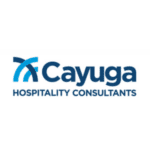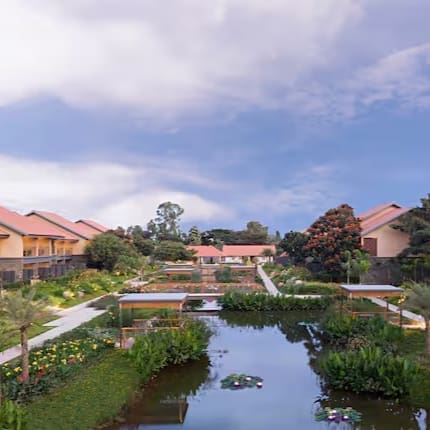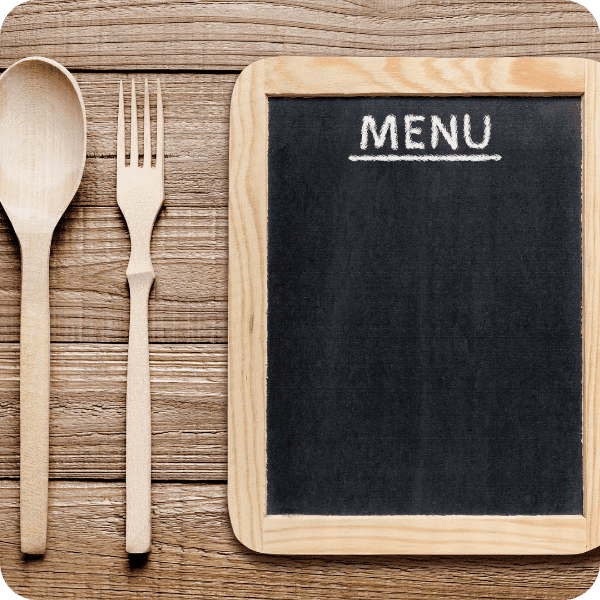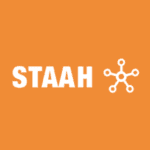
Menu engineering is an essential practice in the hospitality industry, particularly for food and beverage operations. It involves the strategic design and analysis of menus to maximize profitability and customer satisfaction. By applying best practices and leveraging hard data, hospitality businesses can enhance their menus to drive revenue and improve guest experiences.
Strategies for Effective Menu Engineering
1. Menu Item Categorization: Stars, Plow Horses, Puzzles, and Dogs
The foundation of menu engineering lies in categorizing menu items based on their popularity and profitability:
- Stars: High popularity, high profitability.
- Plow Horses: High popularity, low profitability.
- Puzzles: Low popularity, high profitability.
- Dogs: Low popularity, low profitability.
Use sales data to identify which category each menu item falls into. Focus on promoting Stars, tweaking Plow Horses to improve profitability, marketing Puzzles to boost their popularity, and considering the removal of Dogs.
2. Menu Design and Layout
The design and layout of a menu can significantly influence customer choices. Here are some data-backed tips:
- Highlight Profitable Items: Use visual cues such as boxes, bold fonts, or icons to draw attention to high-margin items.
- Limit Choices: Research shows that too many options can overwhelm customers. Aim for a balanced menu that offers variety without causing decision fatigue.
- Strategic Placement: Place high-margin items in the top right corner or the first and last positions in each section, as these areas attract more attention.
3. Pricing Strategies
Pricing should reflect both cost considerations and customer perceptions:
- Psychological Pricing: Prices ending in .95 or .99 can make items seem less expensive. However, in upscale settings, whole numbers might be perceived as more premium.
- Bundling and Upselling: Offer combo deals or suggest add-ons to increase the average ticket size. Use server training and menu prompts to encourage upselling.
4. Cost Control and Analysis
Regularly analyze food costs and adjust pricing accordingly:
- Recipe Costing: Calculate the cost of each menu item based on ingredient prices. Ensure that all recipes are standardized and that portion control is strictly followed.
- Waste Reduction: Track waste and adjust ordering and preparation processes to minimize it. Implement inventory management systems to keep track of stock levels and reduce spoilage.
5. Customer Feedback and Trends
Incorporate customer feedback and stay updated with industry trends:
- Surveys and Reviews: Use customer feedback to understand preferences and make data-driven menu adjustments.
- Trend Analysis: Keep an eye on food and beverage trends. Integrate popular ingredients and dishes into the menu to attract trend-conscious customers.
6. Technology Integration
Leverage technology to streamline menu engineering processes:
- Point of Sale (POS) Systems: Use POS data to track sales and analyze the performance of menu items. Advanced POS systems can provide real-time insights and help identify trends.
- Menu Engineering Software: Invest in software that offers analytical tools to assess profitability and popularity, assisting in data-driven decision-making.
7. Regular Menu Reviews
Menu engineering is not a one-time task. Regularly review and update the menu:
- Seasonal Changes: Rotate the menu to incorporate seasonal ingredients, which can be fresher and more cost-effective.
- Performance Reviews: Conduct quarterly or bi-annual reviews to analyze item performance and make necessary adjustments.
Case Study: Impact of Menu Engineering on Revenue
A study conducted by Cornell University’s School of Hotel Administration examined the effects of menu engineering on a restaurant’s profitability. The study found that after implementing menu engineering practices, the restaurant saw a 10% increase in sales. By identifying and promoting high-margin items, reducing the number of low-performing dishes, and optimizing menu design, the restaurant significantly improved its bottom line.
Menu Engineering to Delight and Focus on Profitability
Menu engineering is a powerful tool for the hospitality industry, offering a structured approach to maximize profitability and enhance customer satisfaction. By categorizing menu items, designing an effective layout, employing strategic pricing, controlling costs, incorporating customer feedback, leveraging technology, and conducting regular reviews, businesses can optimize their menus and drive success in the competitive food and beverage market. Implementing these best practices based on hard data will ensure that your menu not only meets but exceeds customer expectations while boosting your revenue.
By focusing on these strategies, hospitality businesses can create a menu that not only delights customers but also enhances the overall profitability and efficiency of their operations.
Kimes, Sheryl E., and Ho, Jeannette. Implementing Revenue Management in Your Restaurants: A Case Study with Fairmont Raffles Hotels International. Cornell University, August 2019. Available at: https://hdl.handle.net/1813/70972.




















